SourceDingxiangwang)
AuthorYang Lu, Sun Yajing
Xiao Jun (pseudonym), who was only 20 years old, would never have thought that he was hooked up with [deafness].
And his sudden loss of hearing has to be worrying.
Xiao Jun’s parents found that when talking to Xiao Jun recently, they often did not get any response, and sometimes even a loud voice could not attract his attention.
The results of the examination also greatly surprised them.
Xiao Jun’s hearing report shows a decline in the full frequency band, which belongs to moderate to severe sensorineural hearing loss, and some high frequency bands have already shown severe hearing loss.
Xiao Jun’s Hearing Test Results
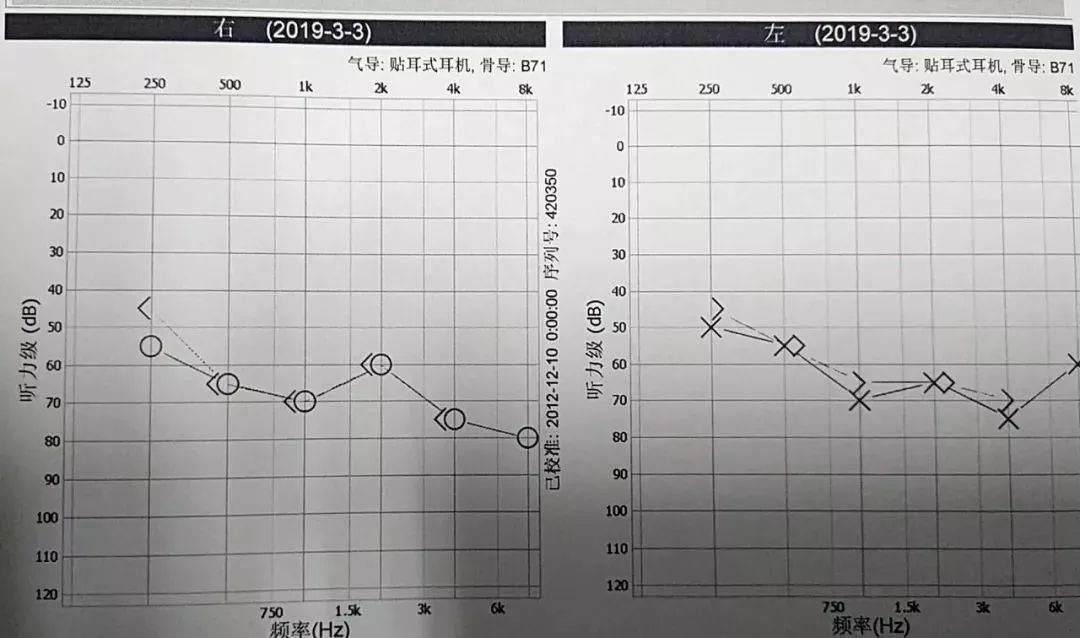
Photo Source: Provided by Author
In short, although Xiao Jun is only 20 years old, his hearing is worse than that of some 70-year-olds.
You know, the vibration frequency that human ears can usually feel is between 20 and 20000Hz. For each frequency, there is a minimum vibration intensity that can just cause hearing, which is called hearing threshold.
The hearing threshold for people with normal hearing is generally less than 25 decibels, while that for people with hearing loss is higher than 25 decibels.
From the examination results, it can be seen that the average hearing threshold of Xiao Jun in the full frequency range is 60 ~ 70 decibels, and the minimum sound he can hear is 40 ~ 50 decibels. Hearing is obviously impaired.
I can’t conclude that a single factor caused Xiao Jun’s hearing loss, but Xiao Jun’s parents showed a very suspicious sign.
They said that on weekdays, no matter before eating, walking or going to bed, Xiao Jun would wear headphones to listen to music whenever he had time, and the volume was so high that people around him could clearly hear the sound coming from the headphones.
What Xiao Jun’s parents said exacerbated my concern, because I understood that such continuous and high-intensity noise stimulation may lead to Xiao Jun’s hearing loss, which is irreversible.
More and more young people
[Deaf before old age]
In the movie “goodbye mr. Loser” released in 2015, there is a dialogue between the hero Charlotte and a big uncle:

Source: Video Screenshot
While everyone burst out laughing, it was natural to diagnose the big ye as deaf.
Because this kind of scene is very common in real life-with the gradual aging of the auditory system, nine times out of ten the elderly will have deafness (presbycusis).
But now, [deafness] is no longer just the patent of the elderly, more and more young people have [become deaf].
According to the data released by the World Health Organization on February 12 this year, about 1.1 billion young people (between 12 and 35 years old) in the world are currently facing irreversible risk of hearing loss.
The number of people with hearing loss has been steadily increasing in the past ten years. From 2008 to 2018, the number of people with hearing loss in our country increased from 74 million to 96 million.
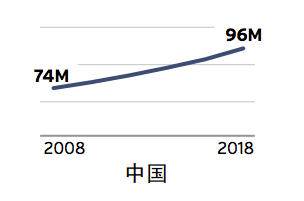
Source: World Health Organization
According to the World Health Organization, if no action is taken, nearly 630 million people worldwide will suffer from hearing loss due to disability by 2030 (referring to the hearing loss of the better ear of adults exceeding 40 decibels); By 2050, the number will rise to more than 900 million (1 in 10).
The Lancet’s 2017 Review of Hearing Loss also pointed out that 500 million people worldwide lost their hearing in 2015, and 1.34 billion people with better hearing had mild to severe hearing loss. Hearing loss is the fourth leading cause of disability.
Hearing loss is the third most common chronic disease in the United States. One in four adults (20-69 years old) who originally had very good or good hearing now has hearing loss. Almost twice as many people report hearing loss as diabetes or cancer.
Noise in entertainment environment (such as concerts and sports events) and the use of personal audio equipment are the main causes of hearing loss risk in young people, namely noise-induced deafness (NIHL). Its incidence rate is second only to presbycusis.
This is closely related to the lifestyle of young people.
Lifestyle leads to
Hearing Loss in Young People
Contemporary entertainment life is various. On weekends, KTV, bars, nightclubs, video game cities and other places are crowded with young people. In that noisy environment, two people face to face have to shout to hear clearly.
The damage to hearing caused by such high decibel noise stimulation can be imagined.
In addition, the damage of personal audio equipment to hearing cannot be underestimated.
I don’t know when, earphones have become an important means for modern young people to shield external noise and avoid social intercourse.
[No matter how noisy the outside world is, as long as you put on headphones, the whole world is mine.]
On buses and on the way to and from work, we often see young people like Xiao Jun, wearing headphones, listening to music and watching videos completely and selflessly.
The more noisy the outside world is, the higher the decibel of the earphone will be again in order to cover the outside noise.
A survey in China shows that the usage rate of headphones among college students is 99.8%. After long-term use of headphones, 28% of students suffer from noise-induced hearing impairment and 13.4% have chronic tinnitus.
What is more terrible is that people are often unaware of their hearing damage.
[Warm Water Boiling Frog] Type Deafness
It also belongs to the sensory system. People often have a keen perception of the decline of vision, but they always have a hindsight (except for sudden ones) of the decline of hearing.
Hearing impairment is as harmful as vision impairment.
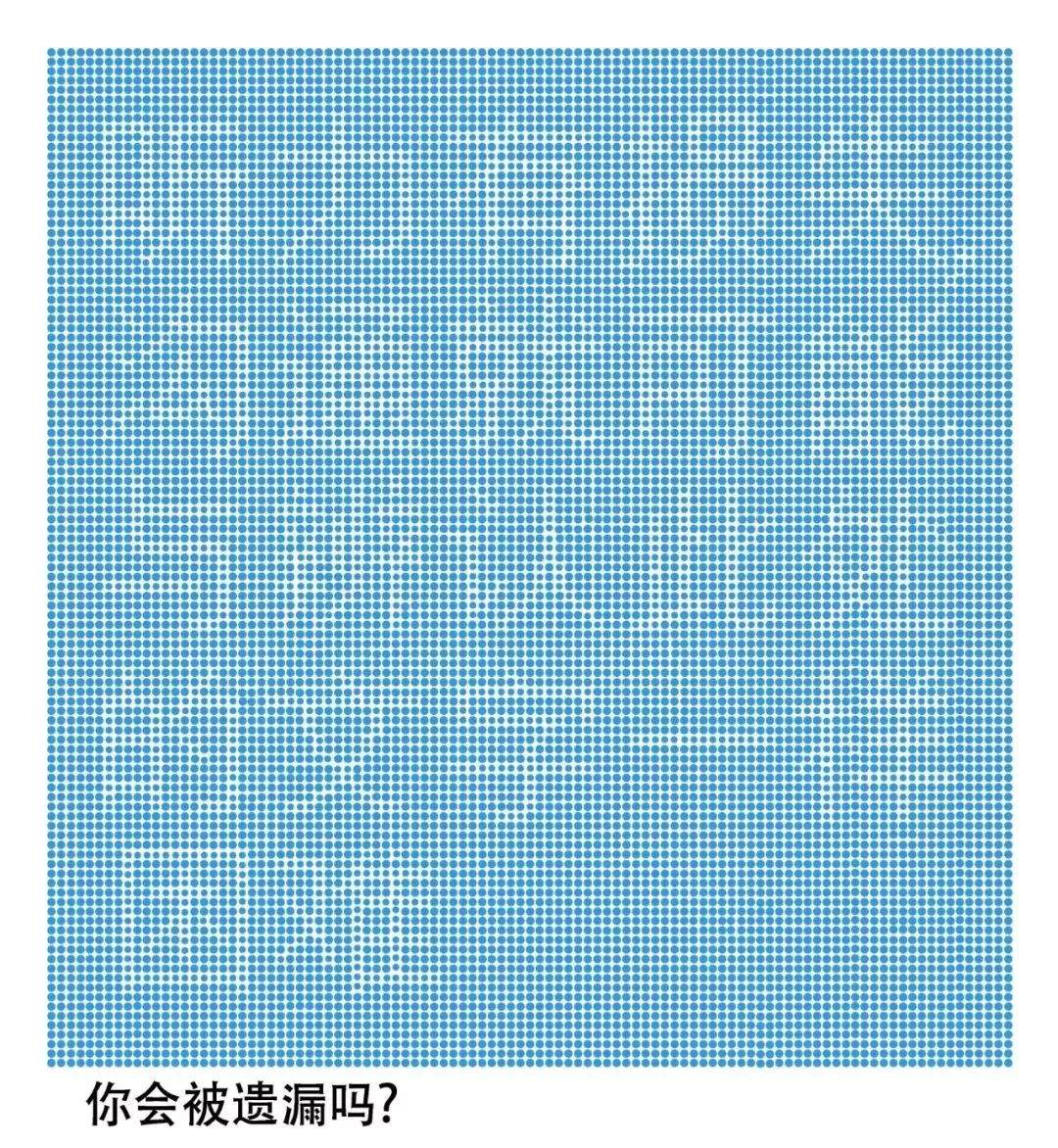
Source: World Health Organization
This is because after long-term exposure to noise environment, the loss of high-frequency hearing (above 4000 Hz) often occurs first.
As mentioned earlier, the normal hearing frequency range of the human ear is 20 ~ 20,000 Hz.
However, the sound frequencies (including daily communication) that we often come into contact with in our life are mostly between 500 and 3000 Hz. As long as the hearing in this frequency range is normal, we will feel that our ears [no problem, what can hear clearly].
Therefore, the first high-frequency hearing loss is easily ignored. When patients detect it, it often reaches a more serious stage.
The hearing loss caused by long-term continuous exposure to noise and short-term strong noise is irreversible and will not be recovered even after the exposure is stopped for a long time.
Because noise destroys hair cells in the cochlea, the damaged hair cells will not regenerate.
Long-term noise stimulation leads to damage to the capillary package of the inner ear.
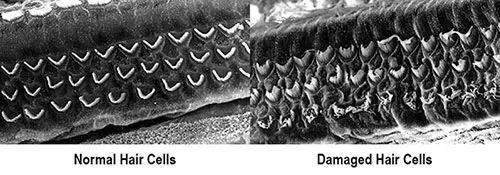
Source: US CDC
When you find that it affects your daily communication, you may need others to repeat a word more than three times to hear it clearly, just like the deaf elderly.
Helen Keller, an American deaf-blind writer, said: “Deafness separates people.”
Because it is difficult to integrate into the dialogue, people with hearing loss often have serious loneliness and isolation.
At that time, only expensive hearing aids will be used to maintain normal life.
And all this,
Is completely preventable
Seeing this, you may have to ask, what should I do? How do you find out in advance? (I don’t want to suddenly find myself deaf)
It is not impossible to find out in advance. Patient Michael is a good example.
Michael, 19, is a foreign student. He loves music and forms his own band.
However, in the past week, he found that before going to bed at night, there would be a harsh sound in his ears similar to the passage of electric current. This sudden abnormal sound was especially obvious in a quiet environment and even interfered with his sleep.
As a music lover, he took great care of his hearing and went to the hospital immediately.
His symptom is actually tinnitus, and the examination result is early hearing loss in high frequency range.
The hearing in the middle and low frequency bands is within the normal range,
Only 8000 Hz hearing drops slightly,
This is also the cause of tinnitus.
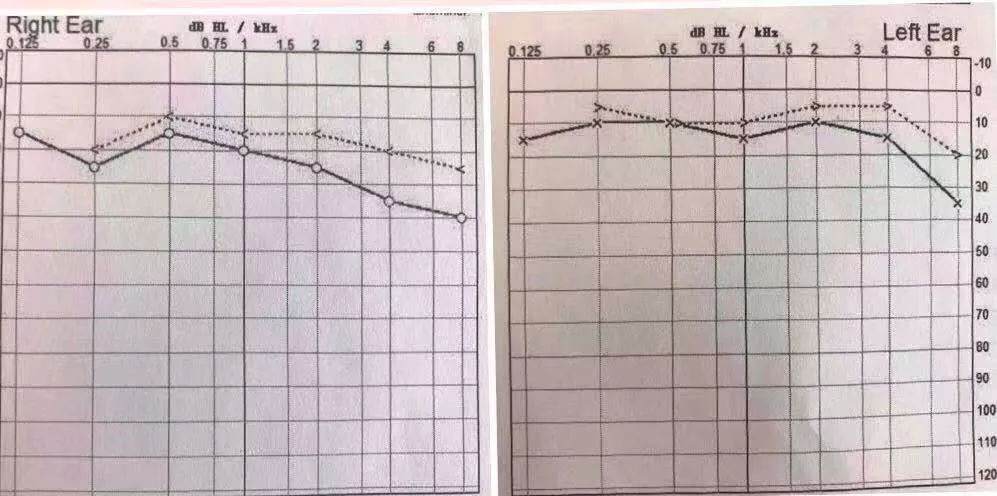
Photo Source: Provided by Author
Due to the short appearance time and the immediate start of treatment, Michael’s tinnitus symptoms disappeared two weeks later.
Michael was able to find out early mainly because he paid more attention to his hearing and went to see a doctor immediately if there was any problem.
However, most young people do not have this kind of vigilance and awareness of protecting their hearing, but are constantly overdrawing their hearing.
In order to appeal to people to pay attention to and protect their hearing and prevent more young people from hearing loss, the World Health Organization has made a lot of efforts.
On the recent World Hearing Day (March 3 each year), WHO launched a free application, HearWHO, to help people check their hearing. And is working with its partners to develop a regulatory framework for noise in entertainment venues.
At the same time, the World Health Organization and the International Telecommunication Union have also issued a new international standard for the production and use of personal audio equipment to enhance the safety of these equipment to hearing. It is suggested that personal audio equipment should include the following functions:
1. Track the volume and duration of the user’s audio equipment, calculate the relative percentage, and quantify the noise exposure problem;
2. Inform users of the safety degree of their hearing and give prompts;
3. Options to limit the volume, including automatic volume reduction and parental control of the volume;
4. Provide users with information and guidelines on safe listening.
Environmental and equipment control is of course important, but more important is personal protection.
In fact, as long as you do the following four simple points, you can continue to enjoy recreational activities without damaging your hearing.
- Reduce the time of using personal audio devices such as smart phones and audio players, and the continuous wearing time should not exceed 60 minutes; Turn down the volume of personal audio equipment. It is recommended not to exceed 60% of the maximum volume. Try to stay away from noise sources or reduce stay time. For people who need to work in noisy environment for a long time, it is recommended to wear protective earplugs and earmuffs. Regular hearing screening, early detection and early treatment.
Common Noise Sources and Decibel Levels
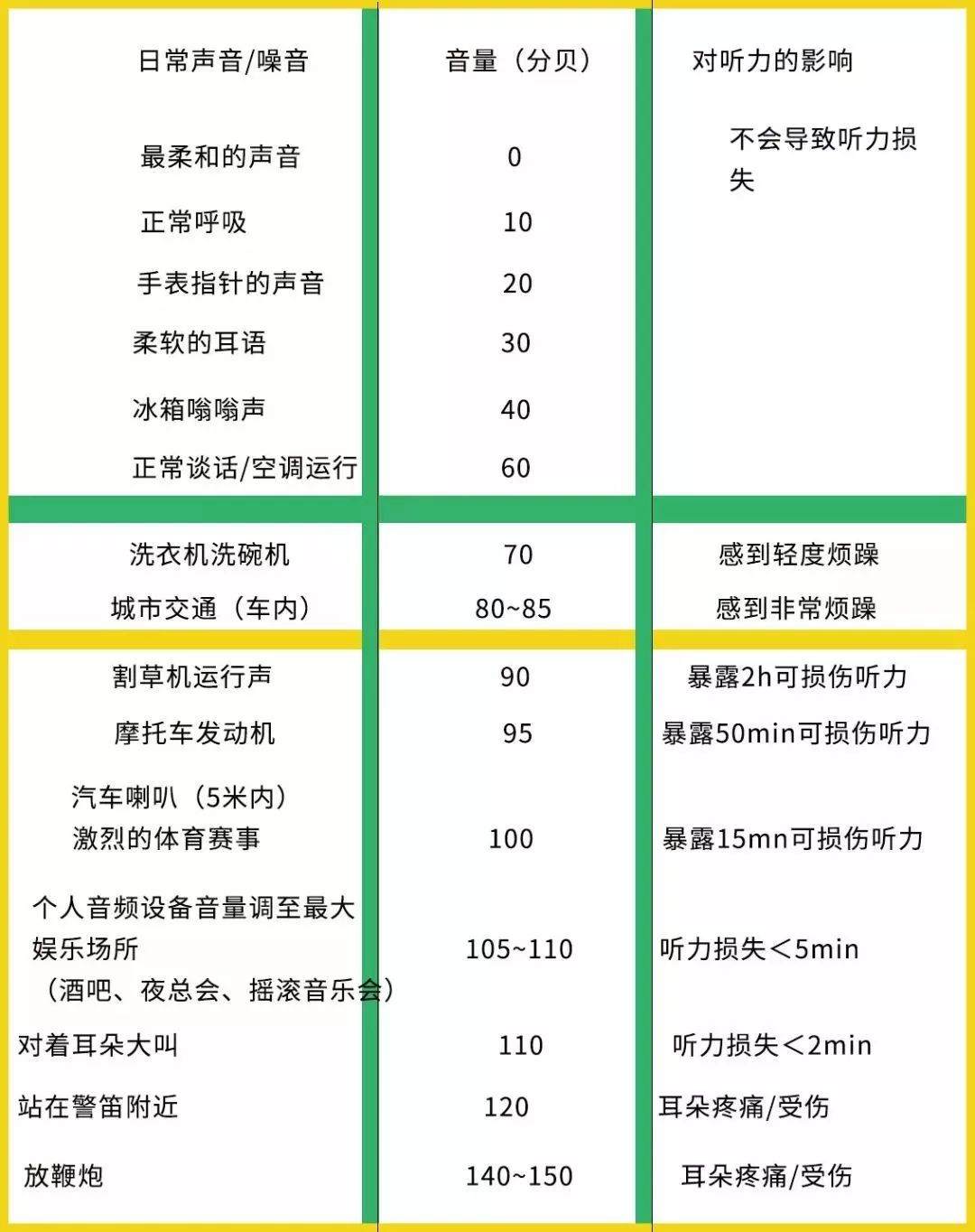
Source: US CDC
In addition to tinnitus symptoms like Michael’s, if the following conditions occur, you should also seek the help of a professional doctor as soon as possible:
- Talk face to face with people in noisy environment (such as crowded supermarkets), but cannot hear each other clearly. Others think the normal volume is too light. People think you’ve been a little loud lately.
Vision and hearing are an essential part of our daily life.
Don’t let your eyesight fall while your hearing falls.
This article is authorized to be reproduced from Clove Garden ID: Dingxiangwang
Clove Garden is China’s leading market for doctors, medical institutions and medicine.
Professional platforms for practitioners and people in the field of life sciences.
Please contact the starting public number directly for reprinting.
-References-
[1] Le Prell CG, Hensley BN, Campbell KC, Hall JW 3rd, Guire K. Evidence of hearing loss in a’normal-hearing ‘collection-student population. Int J Audiol 2011; 50: 21-31.
[2] National Health Interview Survey, 2014 data.
[3] Rota-Donahue C, Levey S. Noise-induced hearing loss in the campus. Hear J 2016; 69:38-9. Http://dx.doi.org/10.1097/01.
[4] Rabinowitz PM. Noise-induced hearing loss. Am Fam Physician 2000; 61: 2749-56, 2759-60.
[5] Prasher D. New strategies for prevention and treatment of noise-induced hearing loss. Lancet 1998; 352: 1240.
[6] Balatsouras DG, Tsimpiris N, Korres S, et al. The effect of impulse noise on distress product otoactic emissions. Int J Audiol 2005; 44: 540.
[7] Basner M, Babisch W, Davis A, et al. Audit and non-audit effects of noise on health. Lancet 2014; 383: 1325-32.
[8] Zelaya CE, Lucas JW, Hoffman HJ. Self-reported hearing trouble in adults aged 18 and over: United States, 2014. NCHS Data Brief 2015; 214: 1-8.
[9] Chisolm TH, Johnson CE, Danhauer JL, et al. A systematic review of health-related quality of life and hearing aids: final report of the American Academy of Audiology Task Force On the Health-related Quality of Life Benefits of Amplification in Adults. J Am Acad Audiol 2007; 18:151-83.
[10] Wilson BS Tucci DL Merson MH O ‘Donoghue GMGlobal hearing health care: new findings and perspectives. Lancet. 2017; 390: 2503-2515
[11] https://www.cdc.gov/features/hearing-damage/index.html
[12] https://www.who.int/zh/news-room/detail/12-02-2019-new-who-itu-standard-aims-to-prevent-hearing-loss-among-1. 1-billion-young-people
Source of cover photo: www.hizy.net Genuine Photo Library
Editor: Zuowa
